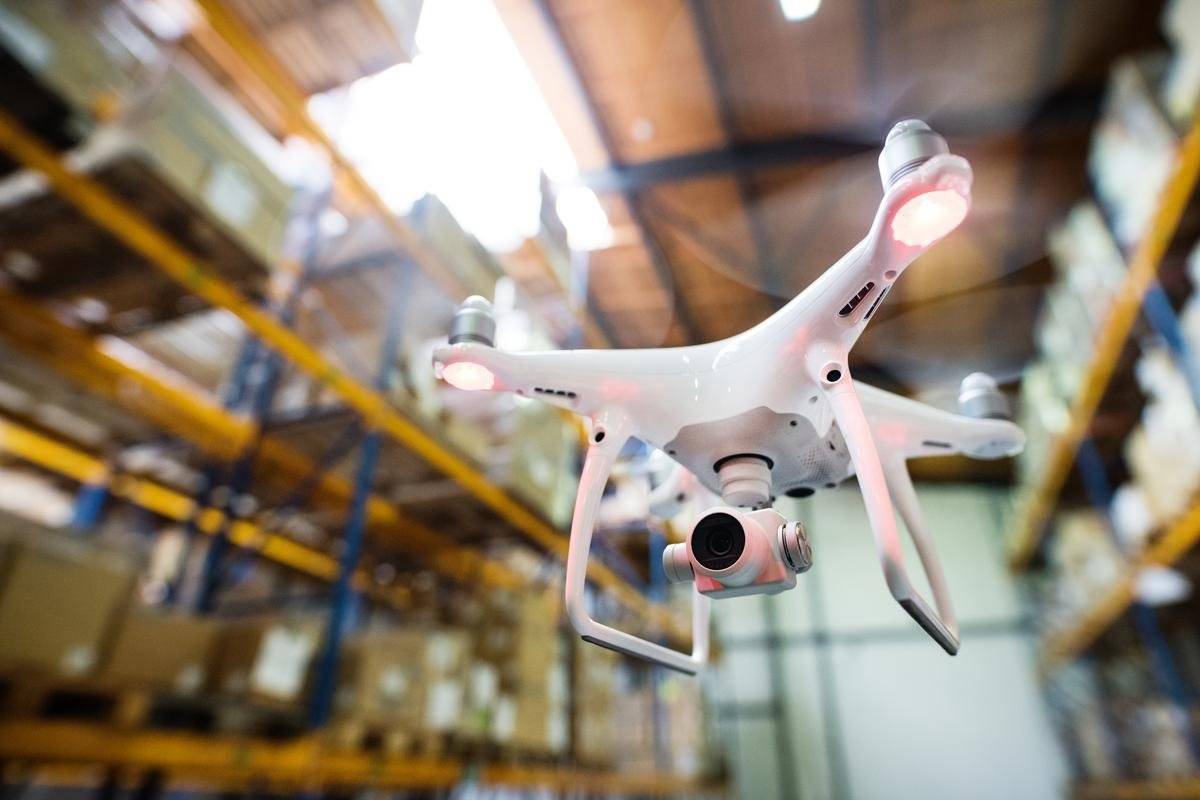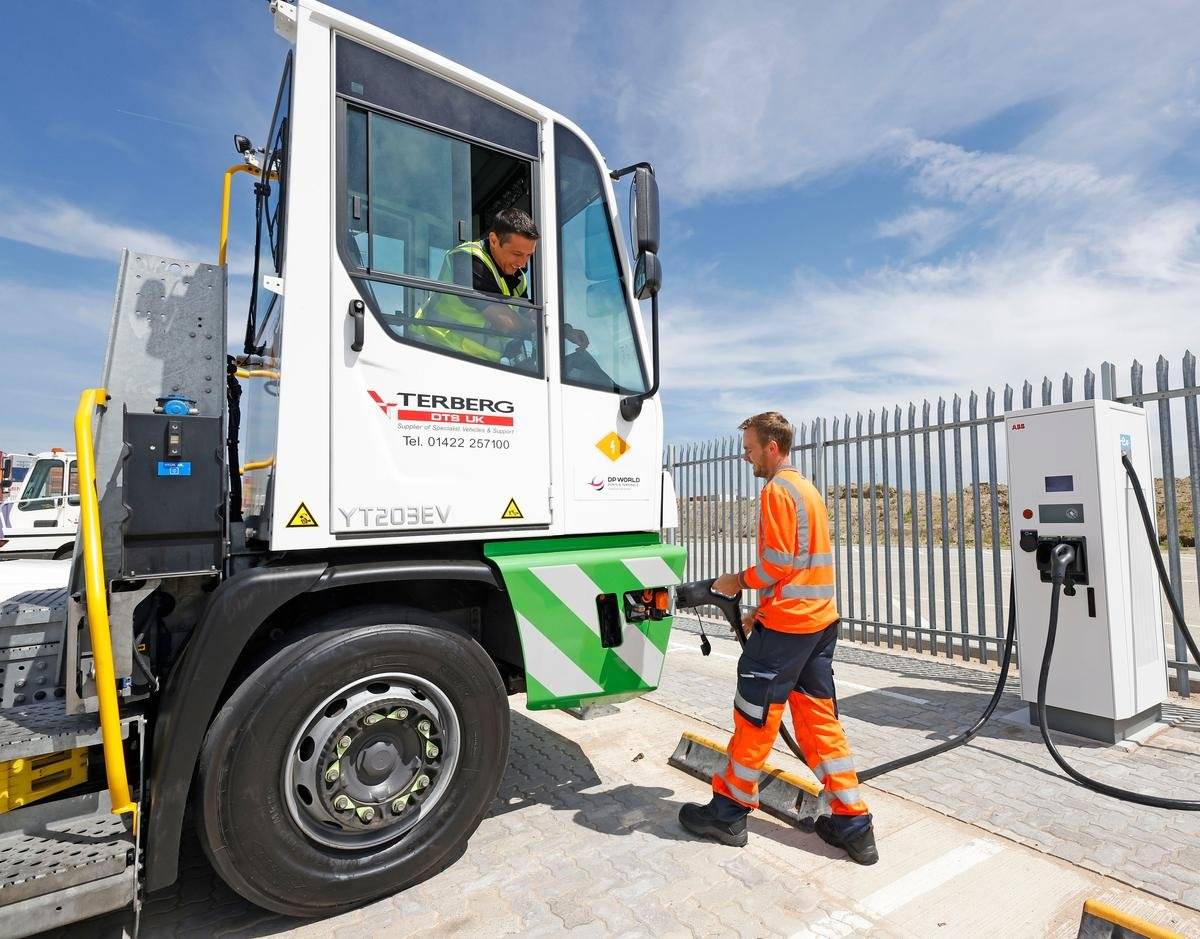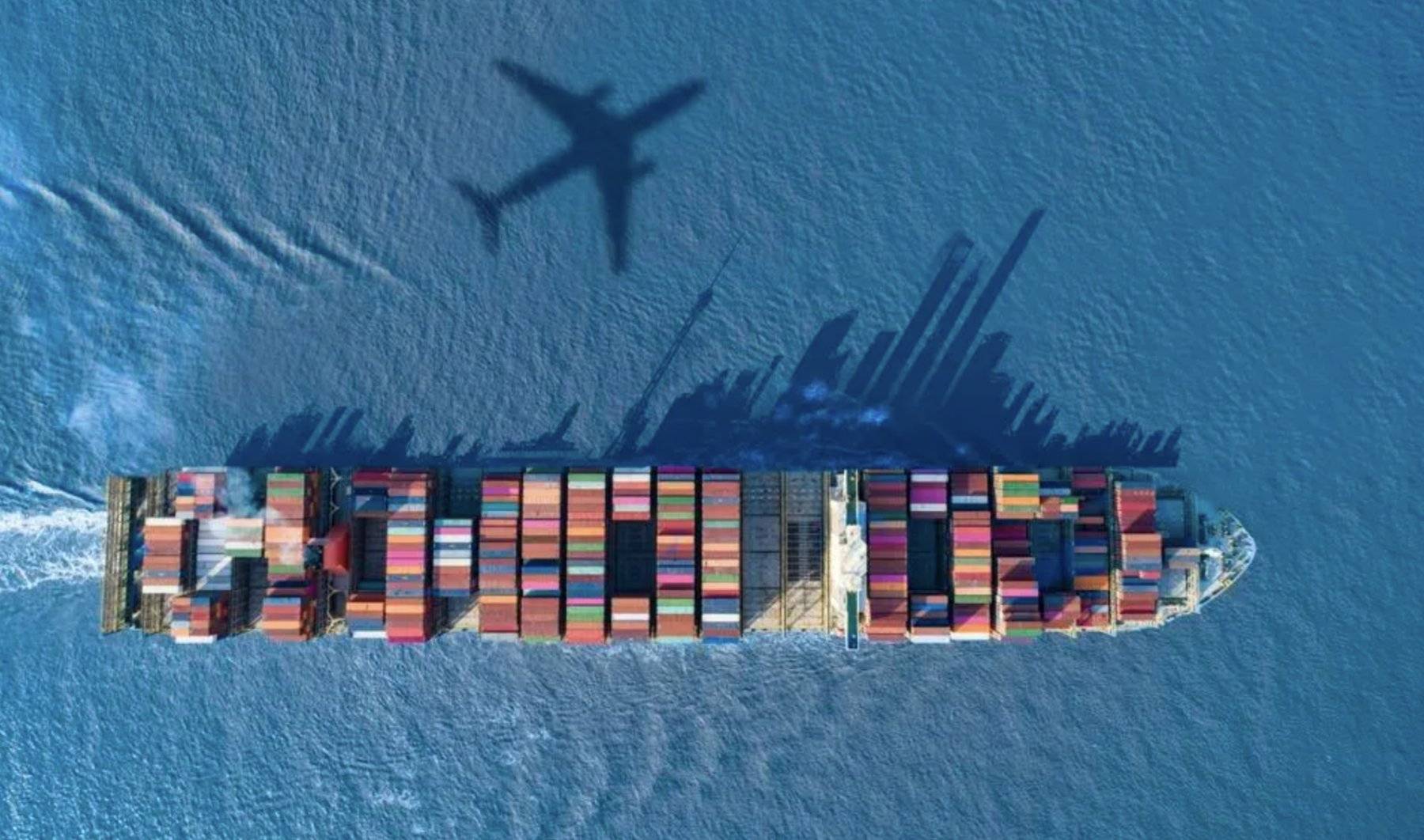This week, we are looking towards the future supply chain landscape of 2024, where continuing technological advancements are driving a transformative shift. This new paradigm enhances responsiveness, efficiency, and transparency, preparing organisations for future challenges.
Key to this transformation is the increasing adoption of emerging technologies such as AI, distributed ledger technologies, and fleet electrification, coupled with the transition to a new digital architecture. Effective data management, especially in compliance with ESG and Scope 3 commitments, is crucial to maximising the benefits of these technologies.
Everyone across our ecosystem must quickly adapt to these changes to deliver the agile and resilient supply chains expected in the new year. These emerging supply chain trends will not only streamline operations but also lead to significant value creation, cost reduction, and improved shareholder value.
Leveraging Automation for Efficiency
Logistics companies are continuing to turn to automation to streamline their operations. This shift is no longer a trend but a transformative force that reduces costs and significantly increases efficiency. Automation serves as a relentless, error-free team member.
By eliminating waiting times for manual tasks through comprehensive automation, businesses can achieve unprecedented productivity without straining their financial resources. In 2024, warehouse drones will likely emerge as the latest technology for logistics and order fulfilment. Automated systems are crucial in reducing operational expenses while enhancing efficiency, a vital consideration in a competitive market where financial prudence is key.

Real-Time Data and Visibility in Shipping
Real-time data is essential in today's logistics landscape. Customers expect immediate updates, a demand that has become a central aspect of modern logistics management.
This digital transformation ensures that shipping information is disseminated rapidly, leaving no room for uncertainty or delays. As one of the key logistics trends expected in 2024, the implementation of API-based integrations, such as those offered by SeaRates, will facilitate frequent updates, ensuring a seamless flow of information.
Integrating Advanced Technologies
The logistics industry is increasing the speed of adaptation when it comes to innovative technologies. Artificial intelligence (AI) is now used for demand forecasting and is integrated with distributed ledger technologies, ensuring transparent and trustworthy transactions. In addition, AI assistant applications in logistics and shipping, such as the SeaRates AI Assistant, use natural language processing (NLP) and machine learning to answer questions in seconds.
Through 2024, 50% of supply chain organisations will adapt to supply chain technology trends by investing in applications that support artificial intelligence and advanced analytics capabilities.
Championing Electrification and Greener Shipping
The trend towards fleet electrification presents a significant shift in the future of logistics. SeaRates recognises this not as a temporary trend but as a fundamental element of modern supply chains, aligning with evolving Environmental, Social, and Governance (ESG) criteria. This transition is not just about adopting electric vehicles; it's about enhancing efficiency through integrated process automation.
Electrification of fleets is not only environmentally beneficial but also economically advantageous. The growing demand, however, presents new challenges, as analysed in ‘Navigating the Opportunities and Challenges of an Electric Vehicle-Centric Manufacturing Supply Chain’ by DP World and Canary Media’s Canary Creative. The report highlights the essential need for all stakeholders in the automotive and logistics industries to comprehend the intricacies and opportunities presented by the electric vehicle (EV)-focused landscape.
Reducing carbon emissions is paramount for business reputation, and forward-thinking strategies are required both for meeting ambitious industry targets and improving bottom lines for shareholders. Once more, SeaRates provides customers with the ability to view shipment CO2 emissions in the Logistics Explorer Tool, including air shipments as of December 2023, empowering freight forwarders and logistics professionals to track and document the environmental impact of every shipment.

Harnessing Big Data for Informed Decisions
In the fiercely competitive logistics market, firms have access to an abundance of large-scale data. The issue is that this data can only be beneficial if it's used correctly. To turn chaos into clarity, there is a need for clean, well-governed data to power predictive analytics.
Predictive models, fed with curated data, can swiftly identify trends, enhancing supply chain agility. This approach allows businesses to navigate disruptions gracefully, leveraging AI for insightful forecasting and providing a roadmap in times of uncertainty. It helps optimize operations by anticipating what customers will want before they even click "buy now." By leveraging business analytics gleaned from robust datasets, AI becomes less artificial and more intelligent about what lies ahead.
Navigating Through Supply Chain Disruptions with Agility
The true test comes when the unexpected hits. Predictive analytics prepares logistics companies for unforeseen challenges, enabling strategic responses to supply chain disruptions. Solutions such as CARGOES Flow, powered by DP World’s high-fidelity data, provide the analytics required. For cargo owners working with multiple logistics vendors to remain agile, they must be able to make business-critical decisions throughout the supply chain that are grounded in data.
Shipping & Logistics Trends to Watch in 2024
In 2024, green logistics will take centre stage. Carriers will shift to eco-friendly options like biofuels and electric vehicles to cut emissions and will make informed decisions about every shipment using digital CO2 emissions calculators.
Generative AI will go beyond basic supply chain data migration. Reassess your existing supply chain analytics team and their expertise and readiness to utilise AI.
The forecast points to tech-savvy supply chains with a focus on resilience against disruptions through advanced analytics and flexible strategies.
AI-driven automation will streamline operations in new ways next year, from warehousing to last-mile delivery, all while reducing costs.
In 2024, SeaRates will continue to digitise and improve the cargo movement process, helping our customers become more agile while increasing the visibility and predictability of supply chains.

